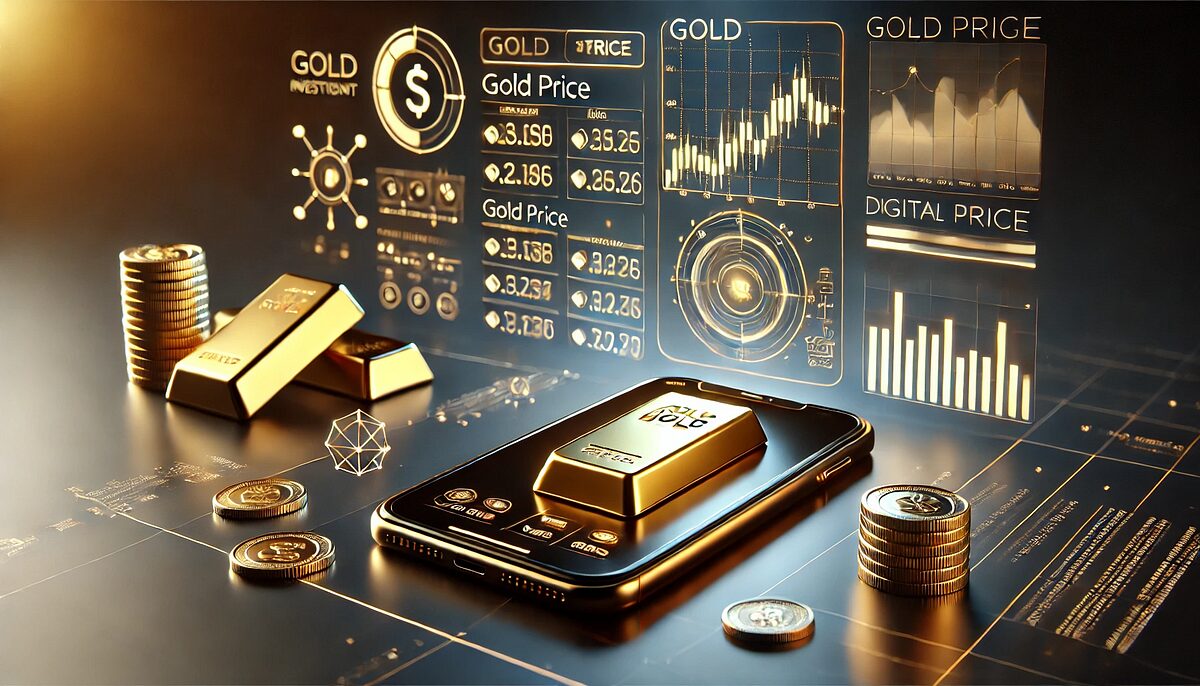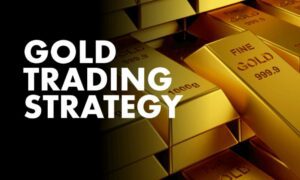Gold has long stood as a symbol of wealth, stability, and security. From ancient empires to modern economies, it has been a critical asset in financial systems around the world. In today’s digitized financial markets, gold remains just as relevant — but the way we trade it has changed dramatically. Thanks to technology, you no longer need physical bullion or access to traditional commodity exchanges to benefit from gold price movements.
Now, anyone with an internet connection can access global gold markets in real time. If you’re wondering how to trade gold efficiently and profitably in the digital age, this guide will walk you through the modern strategies, tools, and platforms you need to succeed.
Why Trade Gold Today?
While gold has always been seen as a “safe haven” asset, it plays a particularly important role in times of economic uncertainty. With inflation surging, currencies fluctuating, and geopolitical tensions rising, investors are flocking back to commodities — especially gold — to hedge their portfolios.
Here are some key reasons why trading gold has become a preferred strategy for both short-term traders and long-term investors:
- Volatility: Gold prices fluctuate daily, offering opportunities for profit.
- Liquidity: Gold is one of the most traded commodities in the world.
- Diversification: It reduces exposure to currency and stock market risks.
- Safe-haven demand: During market turmoil, gold tends to hold or increase in value.
But before jumping in, you need to understand the different ways to trade gold and the tools available.
Different Ways to Trade Gold in Modern Markets
There are several financial instruments through which traders and investors can gain exposure to gold. Understanding these options is the first step in mastering how to trade gold.
1. Gold Spot Trading (XAU/USD)
This is the most direct way to speculate on gold prices. Traders buy or sell gold priced in U.S. dollars at current market prices. It’s widely available on forex and CFD platforms.
2. Gold Futures
Futures are standardized contracts to buy or sell gold at a future date and price. These are more suitable for advanced traders due to leverage and margin requirements.
3. Gold ETFs (Exchange-Traded Funds)
ETFs like GLD or IAU track the price of gold and can be traded on stock exchanges. They are excellent for long-term investors seeking exposure without physical storage.
4. Gold Mining Stocks
Indirect exposure can be gained by investing in companies that mine or process gold. This method includes equity risk and is influenced by company performance.
5. Digital Options and Binary Platforms
Platforms like Binany offer simplified trading through digital options — allowing you to speculate on whether gold will go up or down within a defined time frame. Great for beginners, and ideal for mobile trading.
What Affects Gold Prices?
Before placing any trades, it’s essential to understand the macroeconomic and market factors that drive gold’s price.
🔹 Interest Rates
As interest rates rise, non-yielding assets like gold become less attractive, often leading to price declines. Conversely, lower interest rates tend to support gold.
🔹 Inflation
Gold is traditionally used as a hedge against inflation. When inflation rises, gold demand tends to increase.
🔹 U.S. Dollar Strength
Gold is priced in dollars. When the USD strengthens, gold becomes more expensive for foreign investors, potentially reducing demand.
🔹 Geopolitical Events
Tensions, wars, pandemics, and financial crises often drive investors toward gold for security.
Tools You Need to Trade Gold Like a Pro
Technology has revolutionized commodity trading. You now have access to a suite of powerful digital tools:
✅ Charting Platforms
Tools like TradingView offer real-time technical analysis with hundreds of indicators.
✅ Economic Calendars
Sites like Investing.com and Forex Factory help track gold-impacting events like FOMC meetings, inflation reports, and non-farm payrolls.
✅ Trading Platforms
Modern platforms like Binany offer mobile-friendly interfaces, demo accounts, and educational resources to help new traders learn how to trade gold efficiently.
How to Trade Gold: Step-by-Step for Beginners
If you’re new to gold trading, here’s a simplified process to get started:
Step 1: Choose a Platform
Select a reliable broker or trading platform that offers gold CFDs, options, or spot trading. Binany is a great place to start due to its user-friendly mobile interface and beginner-focused learning tools.
Step 2: Open and Fund an Account
Sign up, verify your identity (KYC), and deposit funds using bank transfer, card, or crypto — depending on the platform.
Step 3: Study the Market
Analyze gold price charts. Look for patterns like double tops/bottoms, head and shoulders, or moving average crossovers.
Step 4: Place a Trade
Choose your trade size, direction (buy or sell), and risk management settings (stop-loss, take-profit). For example:
- You believe gold will rise after inflation data → Open a “Buy” position.
- Expecting a short-term drop in price → Open a “Sell” position.
Step 5: Monitor and Exit
Track your trade, adjust your strategy, and close it at profit or acceptable loss. Remember to journal every trade for future learning.
Gold Trading Strategies
To improve consistency, here are a few beginner-friendly strategies:
1. Trend Following
Identify the long-term trend using tools like the 50/200-day moving averages and trade in that direction.
2. Breakout Strategy
Trade when gold breaks above resistance or below support levels, indicating a possible strong move.
3. Range Trading
When gold consolidates in a range, buy near support and sell near resistance — ideal for sideways markets.
4. News-Based Trading
React to macroeconomic releases (like CPI or Fed announcements) that impact gold’s short-term direction.
Risk Management Tips
Trading gold is not without risks. Here’s how to protect your capital:
- Use stop-loss orders to cap potential losses.
- Avoid overleveraging — many beginners blow accounts due to excessive risk.
- Start with a demo account to test strategies before committing real money.
- Never risk more than 1–2% of your capital per trade.
- Keep emotions in check — fear and greed are your worst enemies.
The Role of Mobile Trading in Gold Markets
Thanks to mobile apps, gold trading is no longer confined to desktops. Platforms like Binany, MetaTrader, and eToro offer Android and iOS apps with full trading functionality.
Whether you’re at work, commuting, or on vacation, you can:
- Receive live price alerts
- Execute trades in seconds
- Access news and analytics
- Monitor your portfolio in real time
Mobile-first traders especially appreciate platforms designed with intuitive UI, clean layouts, and real-time notifications.
Final Thoughts
Gold continues to be one of the most reliable and accessible assets in the financial world — and with the rise of mobile platforms and digital trading, there’s never been a better time to get involved.
Whether you’re a beginner exploring how to trade gold for the first time, or a seasoned trader looking for diversification, the tools are at your fingertips.
As with any investment, education, strategy, and discipline are key. So start small, trade smart, and let the timeless value of gold work in your favor — one mobile trade at a time.



































